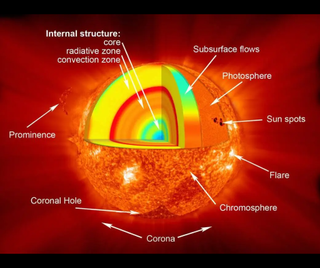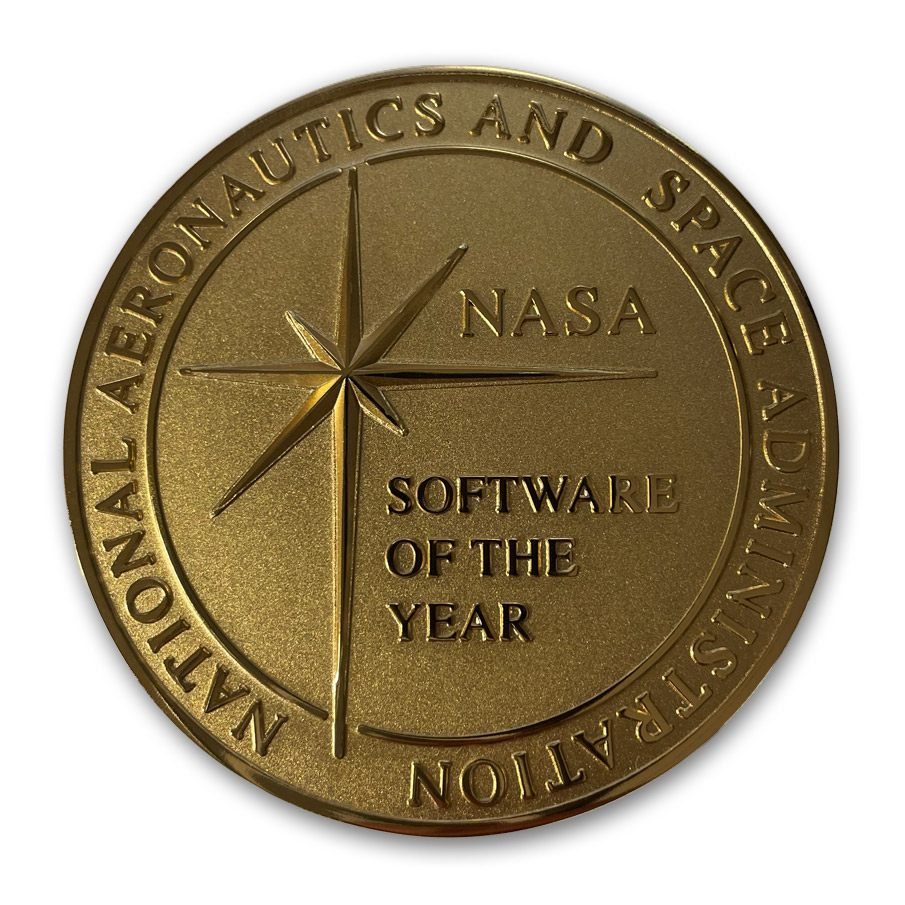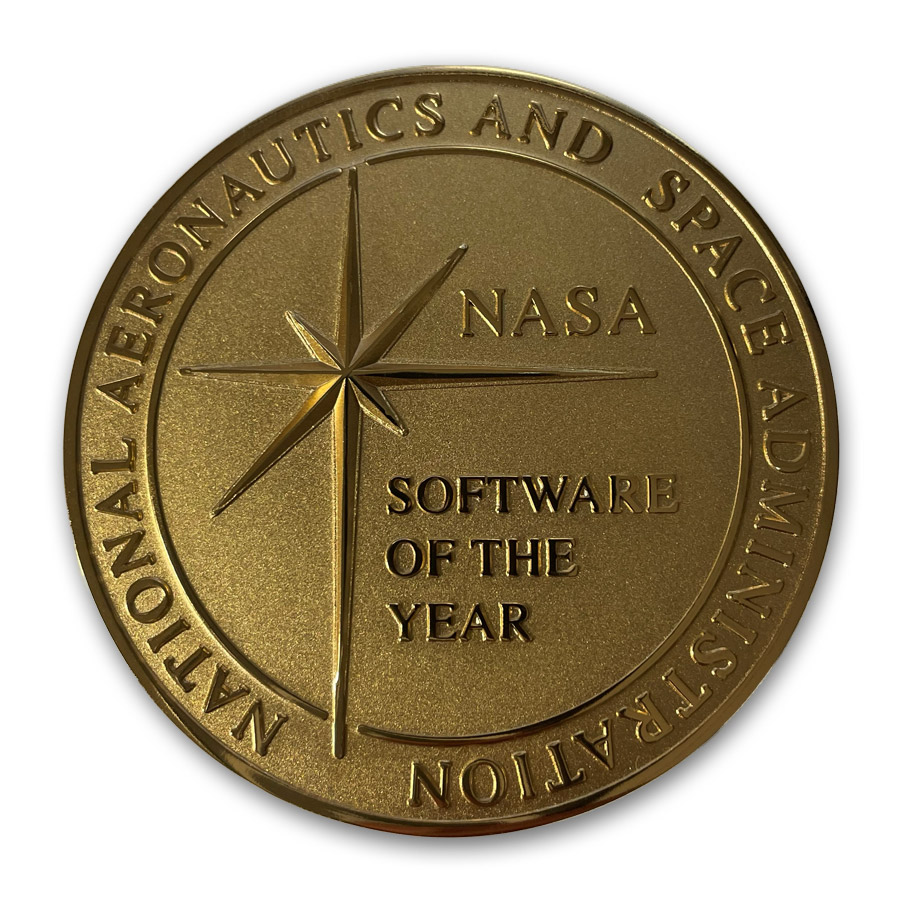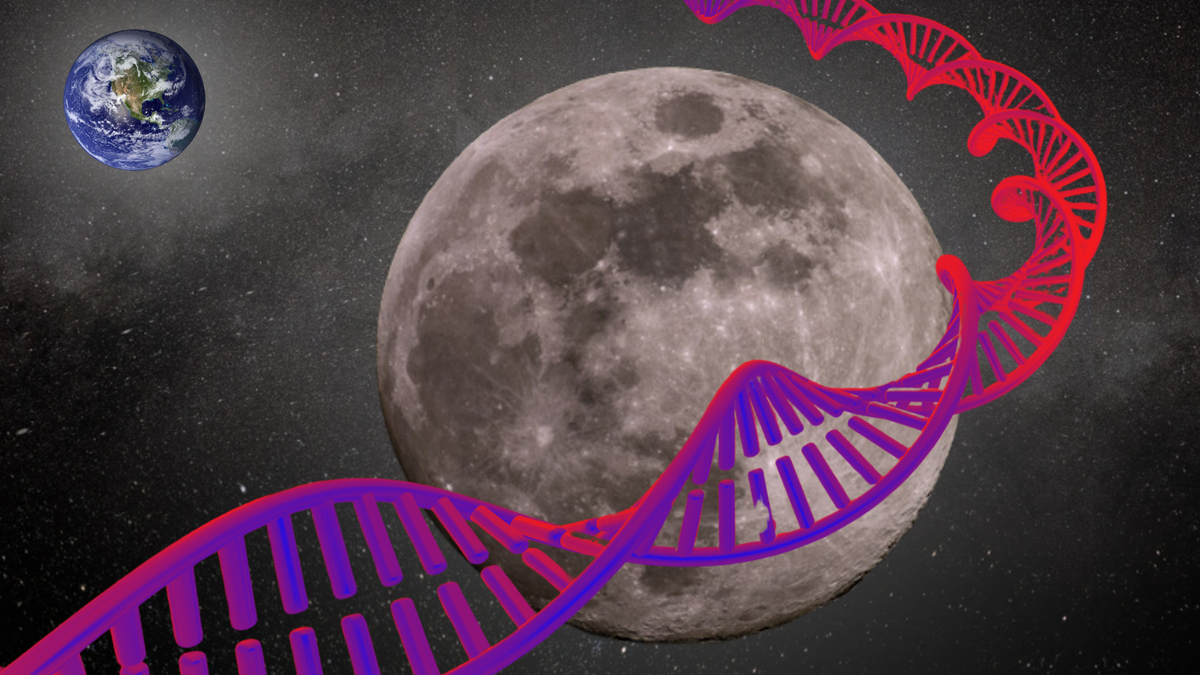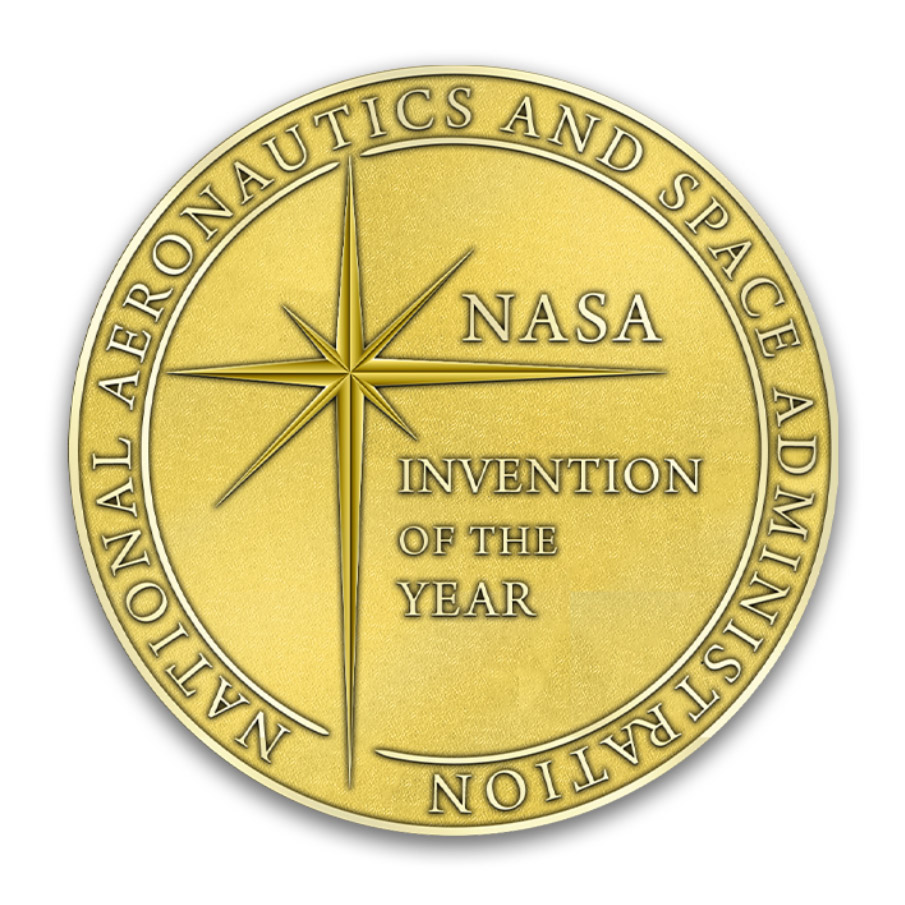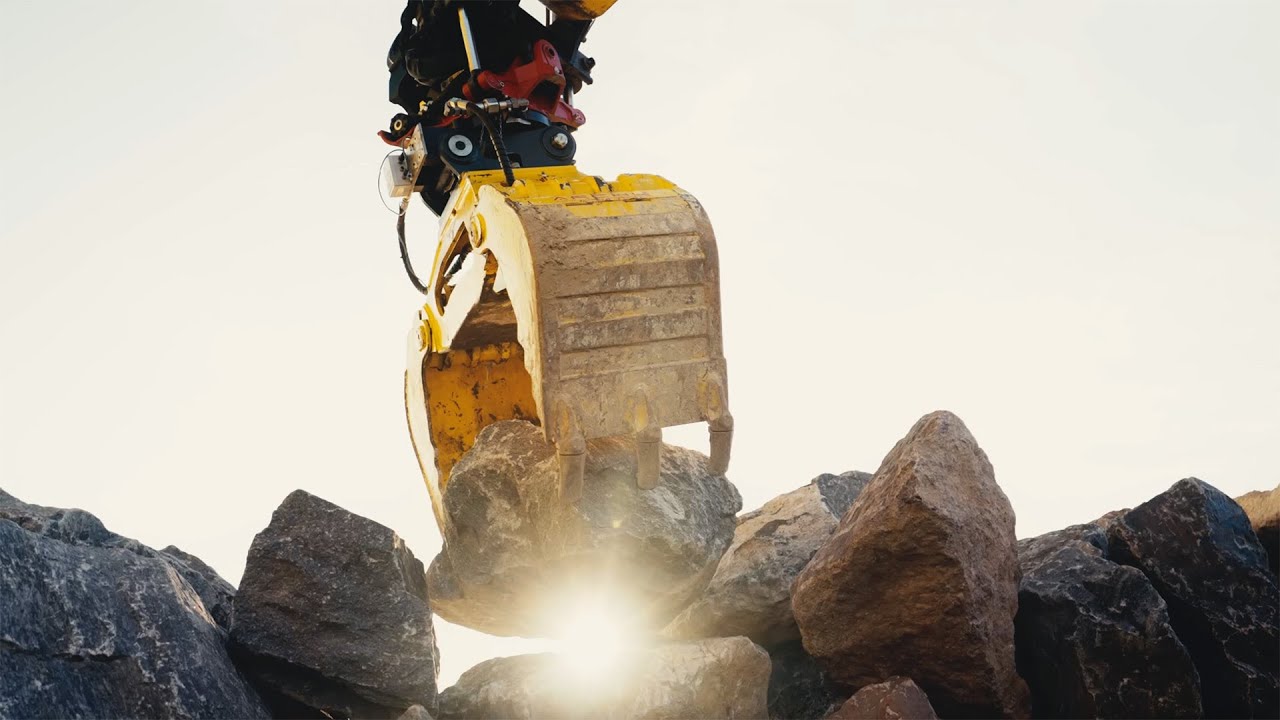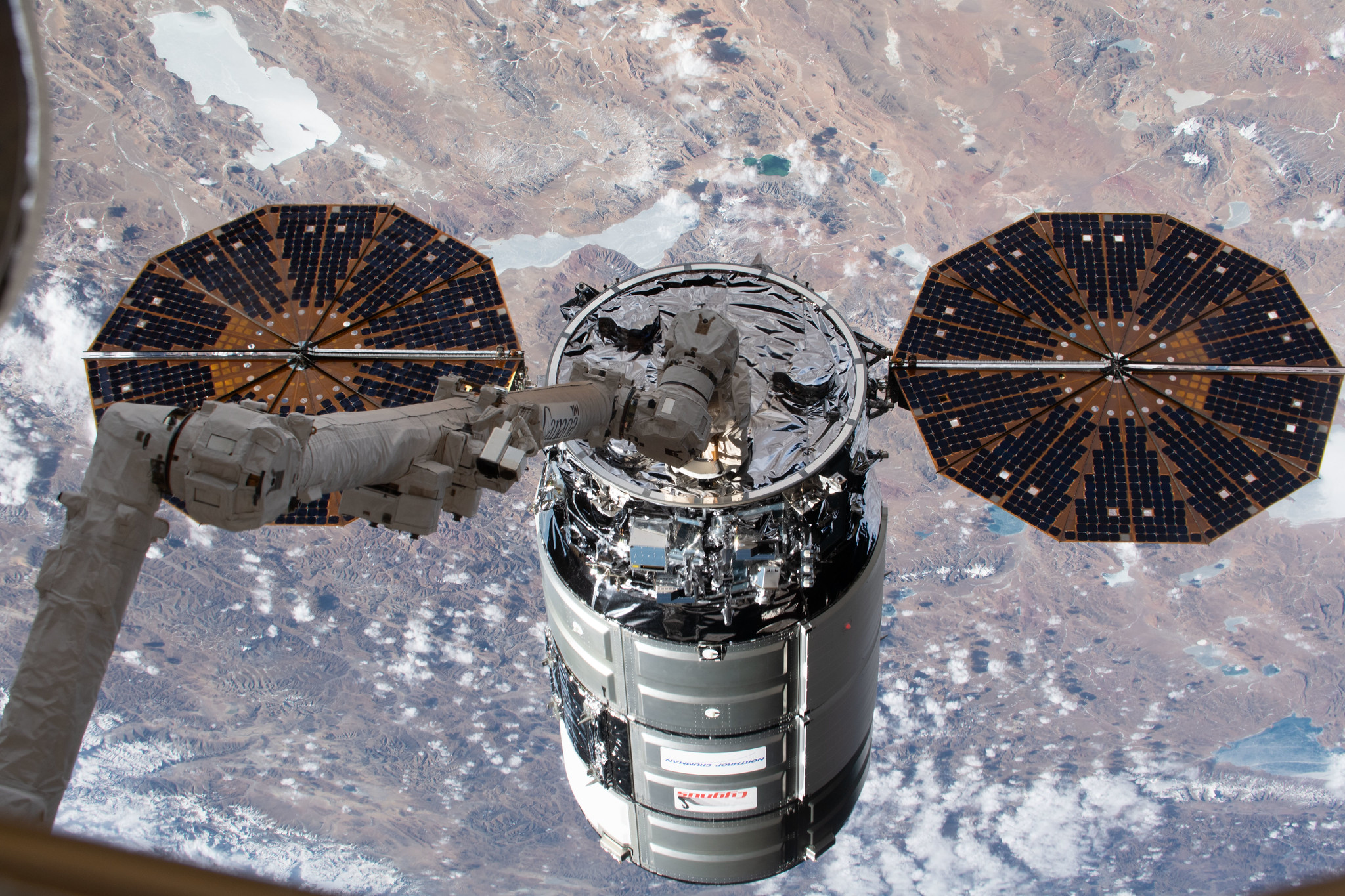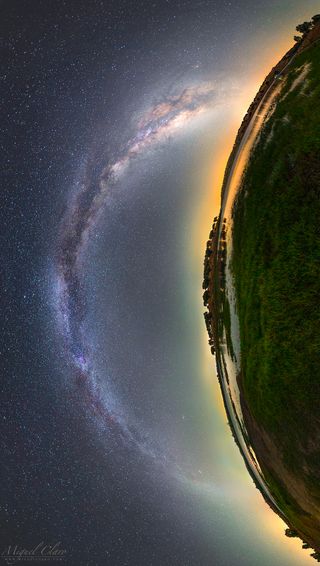Scientists have long wondered why the hot soup of charged particles in our sun’s atmosphere gets hotter moving away from the surface of the sun. New research may have the answer, finding the super-hot nature of the sun’s outer atmosphere or “corona” could be due to the intriguing behavior of small-scale waves in this nebulous plasma. These waves, known to scientists as “kinetic Alfvén waves” or “KAWs,” are wave-like vibrations of magnetic fields manifested by motions in the sun’s photosphere. The findings could provide an important clue to decoding the…
Read MoreMonth: July 2024
2024 Software of the Year Co-Winner – Orbital Debris Engineering Model (ORDEM)
3 min read Preparations for Next Moonwalk Simulations Underway (and Underwater) NASA Johnson Space Center: ORDEM represents the state of the art in orbital debris models intended for engineering analysis. It is a data-driven model, relying on large quantities of radar, optical, in situ, and laboratory measurement data. When released, it was the first software code to include a model for different orbital debris material densities, population models from low Earth orbit (LEO) all the way to Geosynchronous orbit (GEO), and uncertainties in each debris population. ORDEM allows users to compute…
Read More2024 Software of the Year Award Co-Winner -Prognostics Python Packages (ProgPy)
4 min read Preparations for Next Moonwalk Simulations Underway (and Underwater) NASA Ames Research Center: ProgPy is an open-source Python package supporting research and development of prognostics, health management, and predictive maintenance tools. Prognostics is the science of prediction, and the field of Prognostics and Health Management (PHM) aims at estimating the current physical health of a system (e.g., motor, battery, etc.) and predicting how the system will degrade with use. The results of prognostics are used across industries to prevent failure, preserve safety, and reduce maintenance costs. Prognostics,…
Read MoreCan the moon help preserve Earth’s endangered species?
Could the moon soon be home to frozen biological samples of Earth’s endangered creatures? New research suggests scientists could use naturally occurring lunar cold spots, some of which haven’t seen sunlight for billions of years, to do just this. Recent studies have shown that as many as 8 million species exist on Earth, and over 1 million of these are under threat of extinction. Worryingly, this estimate could be the tip of the iceberg, as there could be many species that could become extinct before they have even been identified.…
Read More2024 Invention of the Year Winner – Thrust Chamber Liner and Fabrication Method
4 min read Preparations for Next Moonwalk Simulations Underway (and Underwater) NASA Marshall Space Flight Center: A thrust chamber assembly (TCA) is the critical and central component in a rocket engine that provides thrust to propel a launch vehicle into space. Since the 1960s, while small improvements in TCA performance have been made, little has been done to reduce weight, improve development timelines, and reduce manufacturing cost. This invention makes dramatic improvements in all three areas. This Thrust Chamber Liner and Fabrication Method technology eliminates complex, bolted joints by using 3D…
Read MoreMoon robots could build stone walls to protect lunar bases from rocket exhaust
An autonomous, robotic hydraulic excavator could build a dry stone wall to act as a blast shield around a launch pad on the moon, propose a team of Swiss researchers. The excavator would make use of in situ materials (rather than the costly practice of transporting building material from Earth to the moon), collecting rocks on the lunar surface for use in a ringed wall with a radius of between 50 and 100 meters (164 to 328 feet). “The robot would be used to both collect the boulders as well…
Read MoreRanger 7 Snaps the Moon
Ranger 7 took this image, the first picture of the Moon by a U.S. spacecraft, on July 31, 1964, about 17 minutes before crashing into the lunar surface.
Read MoreNASA Public Engagement Specialist Loves to Inspire Kids with STEM
Jonas Dino speaks to students at the Cezar Chavez Middle School in Union City, California, as part of a NASA-sponsored traveling space museum tour of Bay Area schools. Careers at NASA were not on his radar growing up. But Jonas Dino, public engagement specialist at NASA’s Ames Research Center in California’s Silicon Valley, ended up with his perfect job that involves connecting people with NASA. One of the best parts of his job is to learn first-hand about NASA’s cutting-edge research and translate these concepts to the next generation. “I’m…
Read MoreNASA Sets Coverage for Northrop Grumman’s 21st Station Resupply Launch
Northrop Grumman’s Cygnus spacecraft in the grips of the Canadarm2 robotic arm shortly after being captured at the International Space Station. Credit: NASA Editor’s Note: This media advisory was updated July 31, 2024, to reflect that the launch now is at 11:29 a.m. EDT on Saturday, Aug. 3. NASA, Northrop Grumman, and SpaceX are targeting 11:29 a.m. EDT on Saturday, Aug. 3, for the next launch to deliver science investigations, supplies, and equipment to the International Space Station. This launch is the 21st Northrop Grumman commercial resupply services mission to…
Read MoreAstrophotographer peers into a cosmic ‘eye’ looking out into the universe
Miguel Claro is a professional photographer, author and science communicator based in Lisbon, Portugal, who creates spectacular images of the night sky. As a European Southern Observatory Photo Ambassador and member of The World At Night and the official astrophotographer of the Dark Sky Alqueva Reserve, he specializes in astronomical “Skyscapes” that connect both Earth and the night sky. This unusual portrait appears to depict what could be a giant eye, viewed from our lovely planet Earth while staring deep into the beauty of the Milky Way galaxy. It is important to remember that this collection of…
Read More